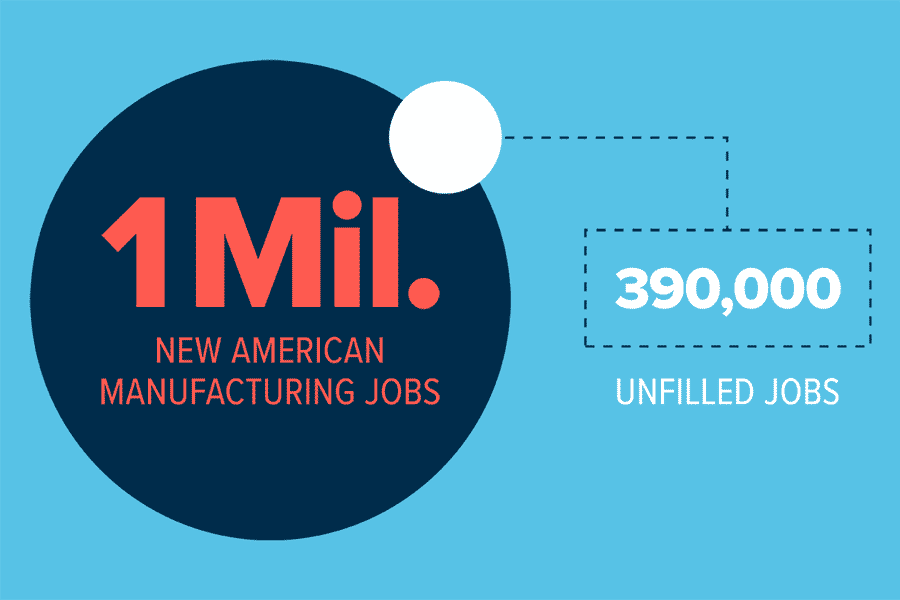Published
August 28, 2017
With school starting back up, this is a good time to think abouthow we train and equip our students for success. It’s no secret that the skills needed in our economy have changed dramatically in recent years. Millions of lower-skilled jobs are disappearing, and millions of higher-skilled jobs are being created in their place. As businesses and workers struggle to adapt, it’s time to have a serious discussion about how to build a 21st century workforce.
To understand what’s at stake, let’s look at the manufacturing sector. Over a million new American manufacturing jobs have opened up over the past seven years, but about 390,000 of them have yet to be filled. This is because most of these jobs require specialized skills and technical know-how. They involve supervising complicated computer-directed machinery, using software to track inventory, or assembling increasingly intricate high-tech products. Workers displaced from old jobs by automation often don’t have the skills needed for these new positions, and many new graduates haven’t learned them either.
The problem extends far beyond manufacturing. Today, 50% of available positions in America go unfilled because qualified candidates aren’t available, and 40% of businesses can’t take on more work because they can’t fill the jobs they have. The skills gap is a complex challenge affected by many factors. The U.S. Chamber of Commerce is advocating for policy changes and exploring practical steps that communities and employers can take.
For example, we’re advising the administration on workforce training and apprenticeship issues. The U.S. Chamber Foundation Center for Education and Workforce has been building a signature workforce development initiative called Talent Pipeline Management. This initiative empowers businesses to communicate their employment and skills needs to education providers. It’s designed to put the business community in the driver’s seat of education and workplace partnerships. In addition, the Foundation is rolling out a localized consumer information tool called Launch My Career, whichhelps identify hot jobs in a state, the skills necessary for those jobs, and the programs and institutions that can offer those skills.
When it comes to building a 21st century workforce, there are no easy solutions. Our government leaders and policymakers must take a cue from our private sector economy and think creatively. Businesses and workers face modern challenges that require modern solutions. The Chamber looks forward to continuing to spark discussion, explore options, and develop solutions to the workforce challenges our country faces. Few issues are as important to the health and growth of our economy—or to the future of our nation’s schoolchildren.
About the author

Thomas J. Donohue
Thomas J. Donohue is advisor and former chief executive officer of the U.S. Chamber of Commerce.





